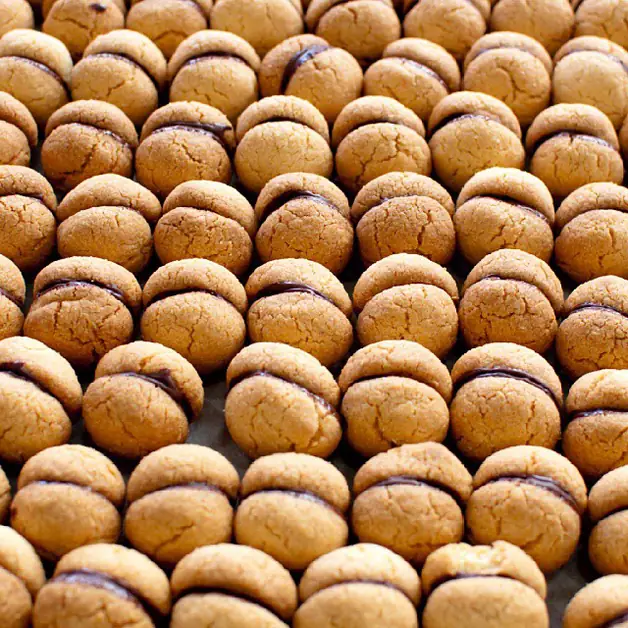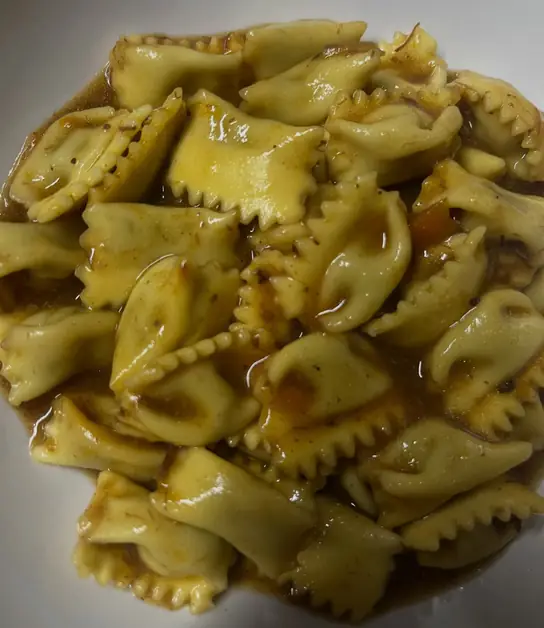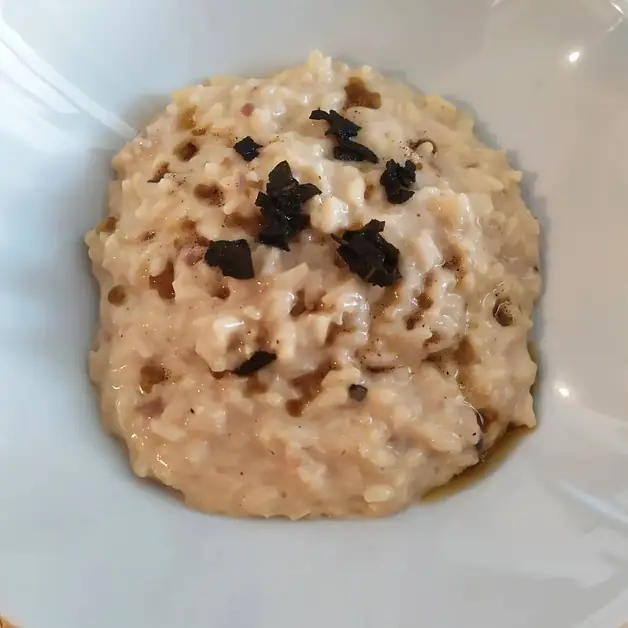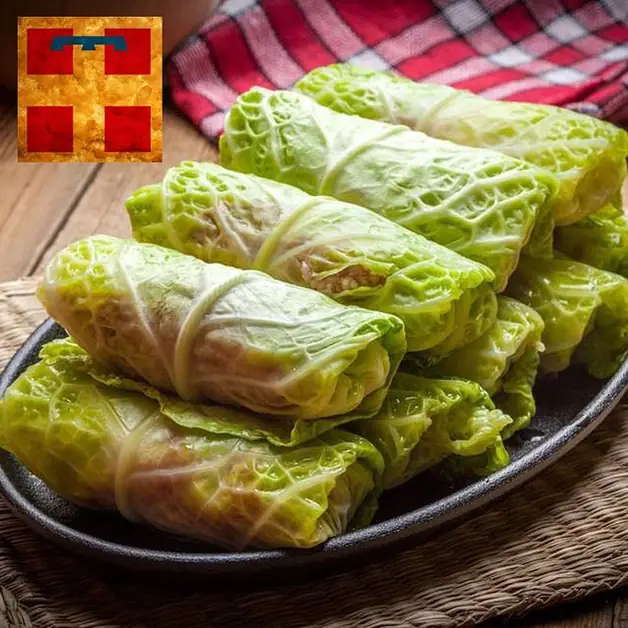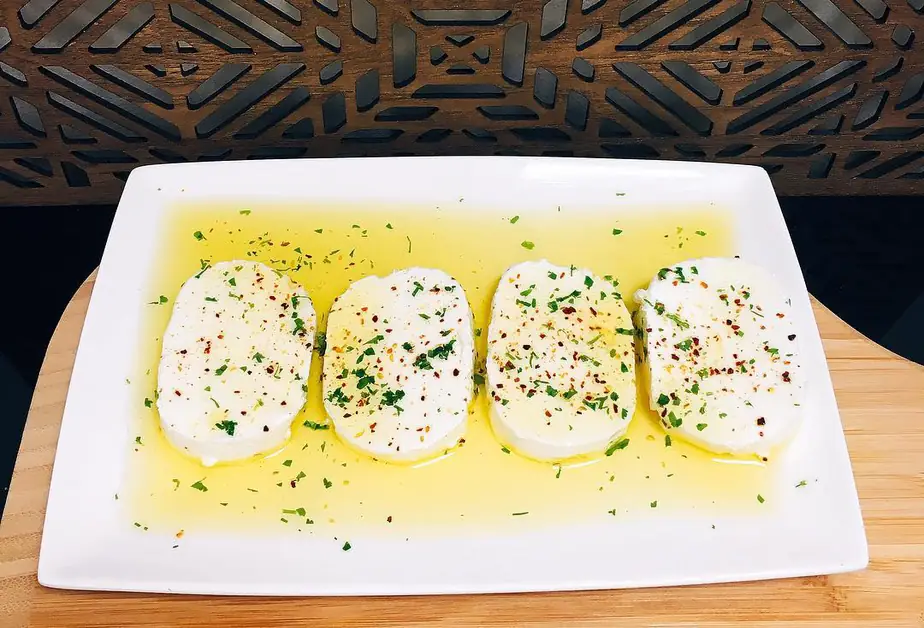Bagna cauda a symbol of Piedmontese tradition
Bagna cauda is a symbol of Piedmontese tradition.
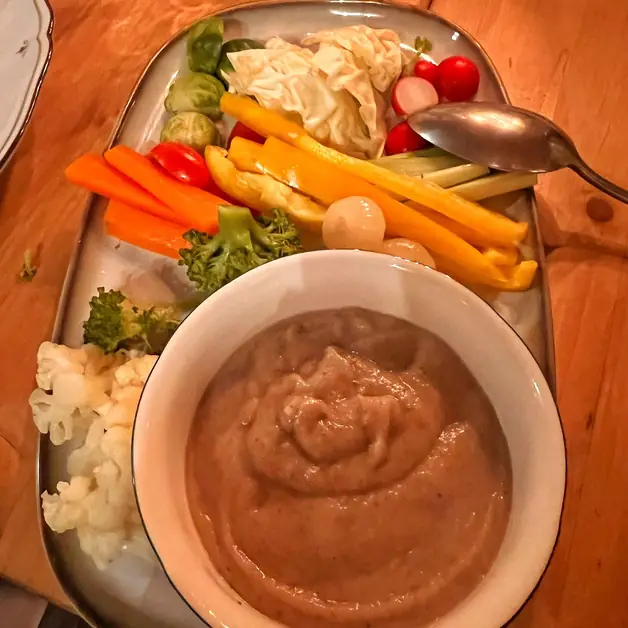
What is bagna cauda from Piedmont?
Among all the gastronomic specialties of the Piedmontese tradition, bagna cauda is certainly one of the most famous, known and loved even beyond regional borders. Its name comes from the Piedmontese dialect and literally means hot sauce. It is indeed a rich and flavorful sauce, served hot, prepared with three main ingredients: anchovies, garlic, and olive oil.
Bagna cauda is not just a recipe: it is a convivial rite, a dish that tells the story, culture, and soul of Piedmont. It is a preparation that brings people together around the table, typical of the autumn and winter months, when the cold invites sharing warm and fragrant dishes.
What are the ingredients of bagna cauda?
The fundamental ingredients of bagna cauda are few but with a strong taste: salted anchovies, fresh garlic, and extra virgin olive oil. Depending on the area or family traditions, butter or cream can also be added to make the sauce more delicate. However, the authentic version, that of the Monferrato and Langhe countryside, is prepared only with garlic, anchovies, and oil, without any additions.
Why are anchovies the main ingredient of a Piedmontese dish?
It may seem surprising that a dish symbolizing a landlocked region uses anchovies as its main ingredient. However, this choice has a fascinating historical explanation. In the past, Piedmont imported salt from the salt pans of Provence and Nice, transported along a route known as the Salt Road. During these long journeys, merchants, to avoid customs duties, transported salt hidden inside barrels covered with salted anchovies, coming from the coastal stretch from Barcelona to Toulon. In this way, anchovies became a common food even in the mountainous areas of Piedmont and ended up entering local cuisine.
Where does bagna cauda come from?
Bagna cauda originates in the countryside of Monferrato, Langhe, and Roero, areas famous for their wines and autumn vegetables. Originally, it was a dish of the winegrowers who, at the end of the harvest, celebrated with a warm, simple, and shared meal. It was the symbol of the community and gratitude for the recently concluded harvest.
Since ancient times, bagna cauda was prepared to celebrate the end of the harvest and the tapping of the new wine. Families gathered around the table and dipped vegetables into the hot sauce, accompanied by glasses of Barbera or Dolcetto.
How is bagna cauda prepared?
Preparing bagna cauda requires patience and attention. Here are the fundamental steps: 1. Clean the anchovies: wash them well under water to remove the salt, then fillet them carefully. 2. Peel the garlic: remove the inner core to make it more digestible. 3. Cook slowly: put olive oil in a terracotta or earthenware pot, add chopped garlic and anchovies, and let it cook over very low heat until you obtain a homogeneous sauce. The garlic must never burn.
The result is a fragrant and savory cream, to be served hot at the table.
What vegetables are served with bagna cauda?
Bagna cauda is traditionally accompanied by a wide variety of seasonal vegetables, both raw and cooked. Among the most used are: Gobbo cardoon from Nizza Monferrato, Peppers (red and yellow), Jerusalem artichoke, Cauliflower, Beets, Fennel, Baked onions, Potatoes, and Savoy cabbage. Each family has its preferred combination of vegetables, but the principle is always the same: simple and genuine ingredients that enhance the strength and complexity of the sauce.
How is bagna cauda served?
In the past, bagna cauda was served in a single terracotta container called dian, placed in the center of the table and kept warm by a terracotta warmer filled with embers. All diners dipped their vegetables together, in a gesture of sharing and joy.
Today, for hygiene and practical reasons, a small individual container called fojot (or fujot) is used, a small terracotta bowl heated by an alcohol burner or a wax candle. This way, each person can keep their sauce warm and enjoy it at a slow pace, without hurry.
When is bagna cauda eaten?
Bagna cauda is typically an autumn and winter dish. It is linked to the seasons of wine and vegetables when nature offers its best fruits and the cold days invite conviviality. Today it is often the star of festivals and fairs, such as Bagna Cauda Day, which takes place every year in Asti and many Piedmontese locations, attracting thousands of visitors.
What wines pair well with bagna cauda?
Bagna cauda, with its strong and persistent flavor, pairs perfectly with Piedmontese red wines, which balance its saltiness. The best pairings are with: Barbera d’Asti, Dolcetto d’Alba, Nebbiolo, Freisa. Those who prefer a softer taste can choose an aromatic white wine, such as Erbaluce di Caluso or a young Gavi.
Why is bagna cauda considered a symbol of Piedmont?
Bagna cauda is much more than a recipe: it is a symbol of Piedmontese conviviality, solidarity, and simplicity. It is a dish that is prepared together, shared, and enjoyed slowly, accompanied by wine, laughter, and chatter. It represents the warmth of families, the generosity of the hills, and the deep bond with the land and its traditions.
